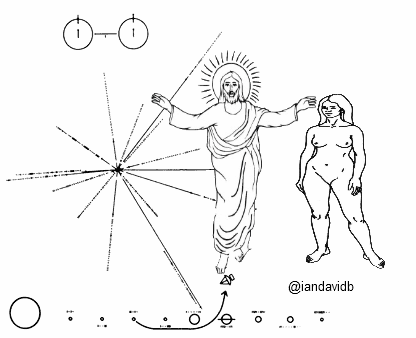It's paradoxical that as our leading microbiologists look to create the building blocks of life in Earth-bound labs, our Universe is alive with the building blocks for DNA and RNA. The giant gas nebula in outer space are rife with sugars that form ribose --the backbone of RNA. There's no rational reason why the system of DNA and RNA that shaped life on Earth should be limited to our remote biosphere.
One theory of the origin of life suggests that RNA coding is what gave the primitive cellular structure of early Earth the catalyst they needed to become life. With a Universe chock full of sugar there's no reason that early RNA worlds have not been evolving in their own unique ways in many of the 100 billion galaxies estimated to exist in the observable Universe.
Meanwhile, back on Earth at the MRC Laboratory of Molecular Biology in Cambridge, UK, have created synthetic molecules that copy genetic material. The enzyme, tC19Z, that has been synthesized could be an artificial version of one of the first enzymes that ever existed on our planet three billion years ago -- and a clue to how life itself got started. Their goal is to create fully self-replicating RNA molecules in the lab.
<snip>
In a neat twist, Holliger's team also showed that tC19Z can make copies of another RNA enzyme, which then worked correctly. That suggests that, once the first self-replicating RNA had appeared, it would have been able to surround itself with additional molecular equipment, kick-starting the evolution of more complex life.
More:
http://richarddawkins.net/articles/614592-was-it-the-origin-of-life-biologists-create-self-replicating-rna-molecule